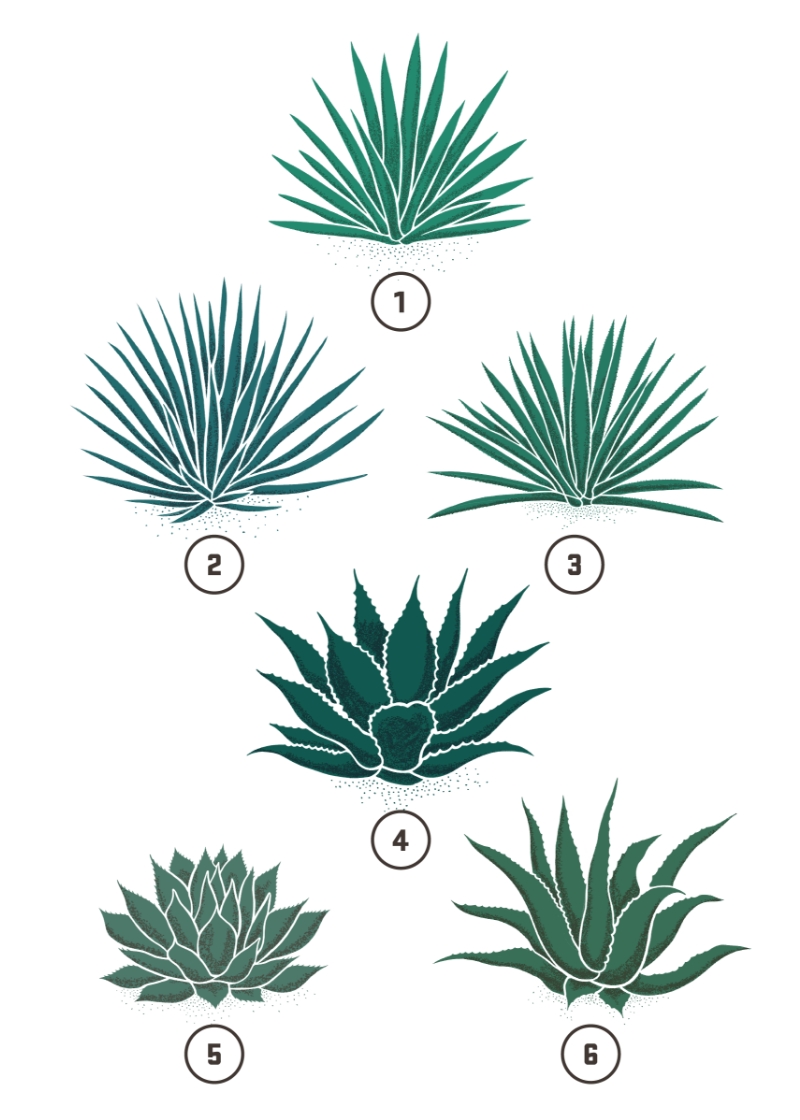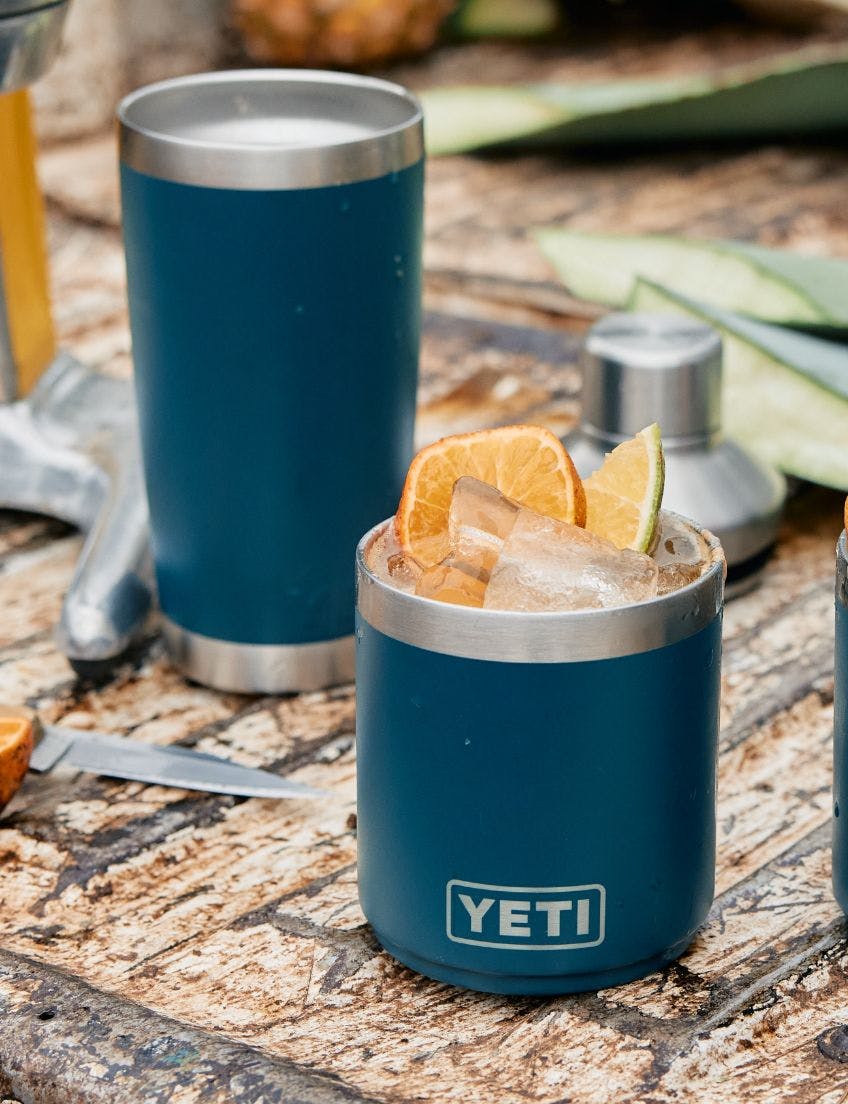Deeply rooted in Mexican tradition, the journey of agave spirits dates back thousands of years, with pulque, a fermented beverage made from agave sap, being one of the earliest forms of agave libations. When Spanish conquistadors introduced distillation techniques in the 1500s A.D., Mezcal (“cooked agave”) emerged. Today, mezcal is a spirit made from any of the vast varieties of agave plants.
Beyond the iconic tequila (the distinctions we’ll get to) lies a rich spectrum of Mexican spirits, from smoky mezcal to peppery raicilla, all made from the agave plant, a desert succulent that thrives in the hot, dry regions of Mexico and the southwestern United States. These heritage spirits reflect extraordinary diversity, each carrying signatures of the terroir (the earth in which the agave grows) that are worth savoring on their own and bringing their own personality when mixed into cocktails.
REGIONAL ROOTS OF AGAVE SPIRITS
Mezcal is predominantly produced in Oaxaca, although other Mexican states like Guerrero, Durango, San Luis Potosí, and Zacatecas also contribute significantly to its production. Tequila may only be produced in its heartland Jalisco along with a few designated areas within Guanajuato, Michoacán, Nayarit, and Tamaulipas. Raicilla is also a Jalisco-based spirit made in the western part of the state, particularly in the regions near Puerto Vallarta. These diverse regions, each with unique climates and terrains, play a crucial role in shaping the distinctive flavors and characteristics of these iconic Mexican spirits.
IT BEGINS WITH THE PIÑA
All of Mexico’s agave spirits begin with the harvest of mature agave plants - or magueys - ranging from 6-25 years old, depending on the variety. With its thick, fleshy leaves removed, the sweet agave piña, or heart, holds an abundance of natural sugars. Traditional distillers, or mezcaleros, bake piñas in underground pits filled with hot volcanic rocks to caramelize natural sugars.
This method imparts the unique mezcal smokiness enthusiasts have come to love. And because any species of agave is permitted for mezcal, there is a wide range of flavors to be explored. The resulting juice, or aguamiel, is fermented and distilled in copper pot stills, sometimes clay pots, or hollowed-out tree trunks, to become mezcal.
RAICILLA AND BACANORA: MEXICO’S RISING GEMS
Though tequila and mezcal often take most of the fame, another agave spirit worth exploring is the mineral-laced raicilla, which carries delightful acidity and balanced smoke. Once considered a version of Mexican moonshine, the rise in mezcal’s popularity recently has elevated raicilla into the spotlight.
There are two distinct types of raicilla including de la costa (coastal), made from maximiliana Baker, inaequidens Koch, and valenciana agaves, and de la Sierra (mountainous), made from a range of varieties, including angustifolia Haw and rhodacanthar.
In Sonora, Mexico’s northwest state, locally-made bacanora is a bold and distinctive agave spirit made from the Angustifolia Haw or Agave Pacifica plant native to the region. It is handcrafted in small batches and known for its unique flavor profile, which is described as smoother than mezcal and smokier than tequila. It can be enjoyed neat or used in craft cocktails, and its production has a complex and storied history, including a period of prohibition.
THE TEQUILA DISTINCTION
Tequila is just one example of mezcal, just like Pinot Noir is a kind of wine or scotch is a type of whiskey. The simplest explanation is that all tequila is mezcal, but not all mezcal is tequila.
In addition, tequila may only be made from one agave variety: blue weber agave. Furthermore, the process by which tequila is made differs as well. Tequila is made by steaming the piñas, usually in a brick oven or autoclave, rather than earthen-cooked, yielding a sweeter, fruitier spirit that is less smoky than its more rustic counterparts.
MEZCAL’S RANGE OF EXPRESSION
Just like wine grapes show flavor variation from Zinfandel to Tempranillo and Malbec to Merlot, diverse Mexican agaves distinguish spirits via distinct flavor profiles — from saline hints to sweet tropical tones.
A few of the most prevalent agave varieties used in mezcal production include:

1. Agave Pacifica (Agave angustifolia haw): The agave variety used to produce bacanora and raicilla de la costa, its six-year growth period develops into a mezcal with smoky, peppery, and earthy flavors.
2. Blue Weber (Agave tequilana): The iconic heart of tequila production. With its exclusive Denomination of Origin regulation, tequila must contain at least 51% blue weber, which lends sweet and fruity notes.
3. Espadín (Agave angustifolia): The most popular agave used in over 80 percent of mezcal production due to its shorter 6-8 year growth period. It lends a balanced flavor profile with smoke, earth, and citrus notes.
4. Agave Maximiliana: An imposing, broad-leaved agave variety known as the "great big agave" that matures over 15-20 years. It produces a rich, sweet mezcal, including raicilla de la costa, with fruity and herbal notes.
5. Tobalá (Agave potatorum): A prized wild agave variety with distinctive shark tooth-like spikes along its leaves, Tobalá takes about ten years to mature and produces a delicately complex mezcal with floral and herbal notes.
6. Tepeztate (Agave marmorata): Known for its high sugar content and slow 25-year maturation, mezcal made from Tepeztate often shows robust, bold flavors with hints of pepper and tropical fruit.
Jessica Dupuy is a Texas-based wine, spirits, and travel writer with over a decade of storytelling from traveling the world’s wine and spirits regions. She’s authored seven books, including culinary-driven projects for James Beard Award-winning chefs. She is also a certified sommelier and holds Diploma in Wine (DipWSET) from the Wine and Spirits Educational Trust. See more of Jessica’s work.




















